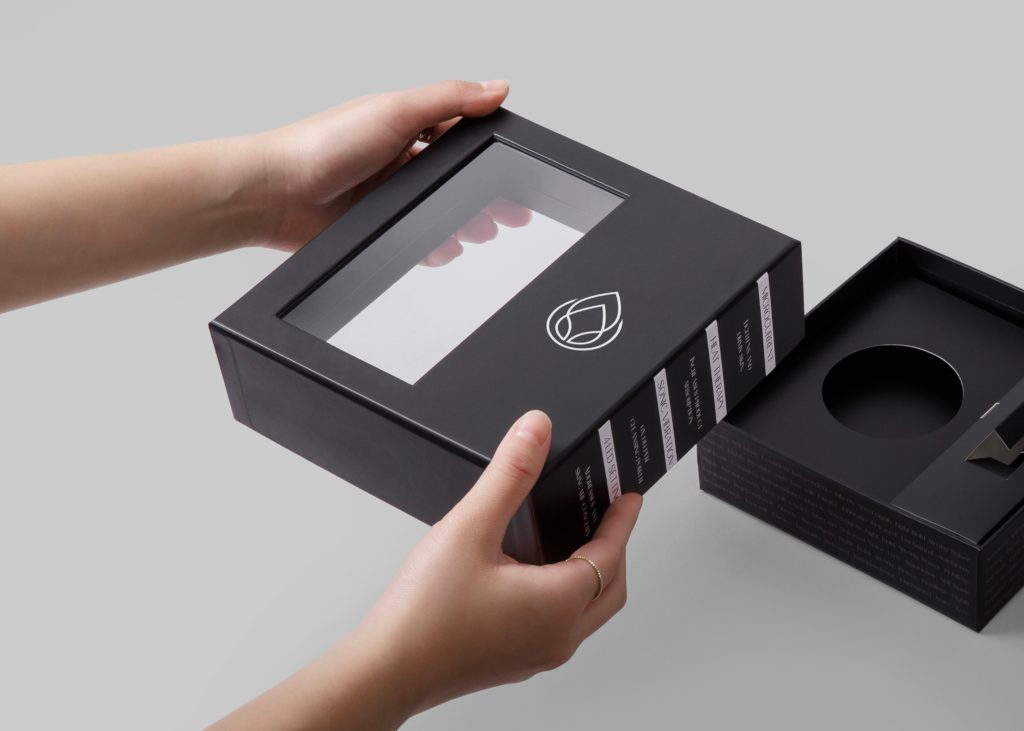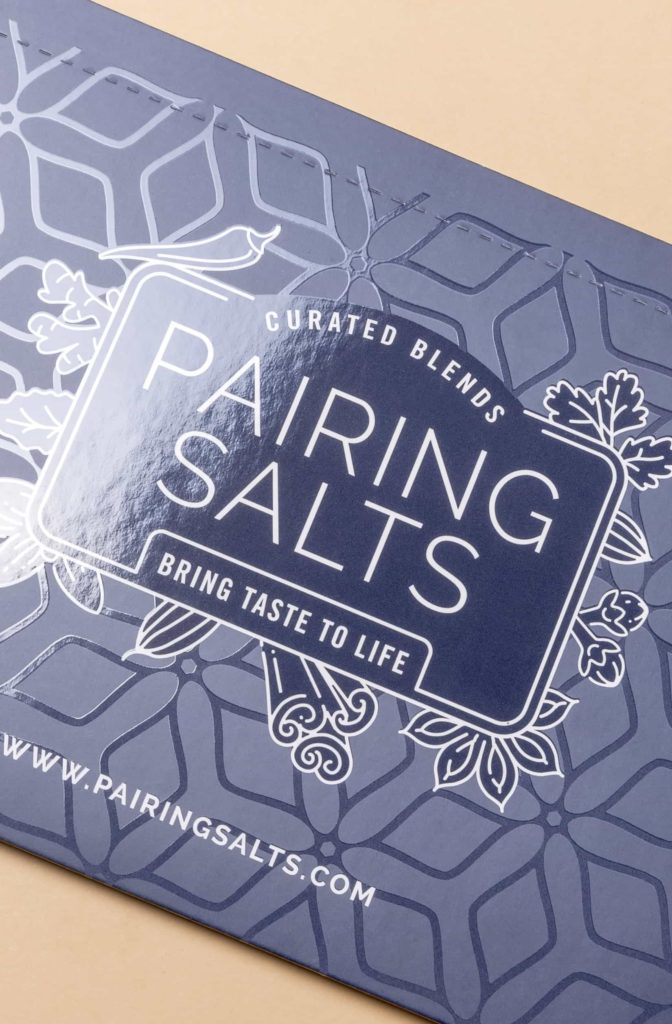Bei der Auswahl der Verpackungsausführungen ist die Wahl zwischen Matt- und Glanzlaminierung ist ein entscheidender Faktor. Sie haben die Macht, Aufmerksamkeit zu erregen oder abzulenken, Emotionen hervorzurufen und Kaufentscheidungen erheblich zu beeinflussen. In diesem Leitfaden vergleichen wir matte und glänzende Laminierungen, ihre Vorteile und ihre Relevanz in verschiedenen Verpackungssituationen, um Ihnen bei der richtigen Wahl zu helfen.

1: Matt- und Glanzlaminierung verstehen
Matte und glänzende Laminierungen sind Schutzbeschichtungen, die auf Verpackungsmaterialien aufgebracht werden, um die Haltbarkeit zu erhöhen und gleichzeitig das Aussehen zu verbessern. Eine glänzende Laminierung sorgt für eine glänzende und reflektierende Oberfläche, während eine matte Laminierung eine gedämpfte, nicht reflektierende Oberfläche bietet.
2: Wann Sie sich für eine matte Laminierung entscheiden sollten
Entscheiden Sie sich für eine matte Laminierung, wenn Sie ein Gefühl von Eleganz, Raffinesse und Luxus vermitteln möchten. Matte Oberflächen absorbieren mehr Licht, als sie reflektieren, und bieten so ein gedämpftes, professionelles Aussehen. Diese Oberfläche ist perfekt, wenn Ihre Verpackung ein hochwertiges Gefühl vermitteln, eine minimalistische Ästhetik widerspiegeln oder andere Verpackungsdesignelemente wie Prägungen oder Tiefprägungen in den Mittelpunkt rücken sollen.
3: Wann Sie sich für eine Glanzlaminierung entscheiden sollten
Wählen Sie Glanzlaminierung, um Ihre Verpackung im wahrsten Sinne des Wortes zum Glänzen zu bringen. Diese Laminierungsart reflektiert Licht, lässt Farben hervorstechen und lenkt die Aufmerksamkeit auf die Details der Grafiken oder des Textes. Sie ist beliebt in Branchen, in denen Lebendigkeit und Sichtbarkeit entscheidend sind, wie etwa bei Kinderprodukten, Süßigkeiten oder erschwinglichen Kosmetika.
4: Vergleich von Haltbarkeit und Schutz
Sowohl matte als auch glänzende Laminierungen bieten guten Schutz vor physischen Schäden, Feuchtigkeit und UV-Strahlen und verlängern so die Haltbarkeit des Produkts. Allerdings sind glänzende Laminierungen im Laufe der Zeit anfälliger für Fingerabdrücke und Kratzer als ihre matten Gegenstücke.
Häufig gestellte Fragen:
1. Gibt es einen nennenswerten Kostenunterschied zwischen matter und glänzender Laminierung?
Es kann geringfügige Abweichungen geben. Matte Laminierungen sind manchmal etwas teurer, da sie der Verpackung ein edleres Aussehen und Gefühl verleihen. Die Kosten hängen jedoch oft mehr vom Verpackungslieferanten als von der Oberfläche selbst ab.
2. Kann ich für meine Verpackung sowohl eine matte als auch eine glänzende Laminierung verwenden?
Auf jeden Fall! Eine Kombination aus matter und glänzender Laminierung (Spot-UV) kann einen auffälligen Kontrast erzeugen und bestimmte Bereiche Ihrer Verpackung hervorheben.
3. Welche Laminierungsart ist umweltfreundlicher?
Aufgrund ihres Kunststoffanteils sind beide Typen nicht leicht recycelbar. Es kommen jedoch einige neue biologisch abbaubare Laminierungsoptionen auf den Markt, die umweltfreundlicher sind.
4. Hat die Laminierung Auswirkungen auf die Recyclingfähigkeit meiner Verpackung?
Leider ja. Laminierte Verpackungen sind schwieriger zu recyceln, da es im Recyclingprozess schwierig ist, die Kunststoffschicht abzutrennen.
5. Wie kann ich zwischen matter oder glänzender Laminierung entscheiden?
Berücksichtigen Sie Ihre Markenpositionierung, Ihr Produkt, Ihre Zielgruppe und die visuelle Botschaft, die Sie vermitteln möchten. Beide Ausführungen haben ihren Reiz; es kommt nur darauf an, was am besten zu Ihrer Verpackung passt.
Es ist wichtig zu beachten, dass die Antwort auf die Frage „Was ist besser?“ letztendlich vom Verwendungszweck der Laminierung abhängt.
Wie oben erwähnt, haben sowohl die matte als auch die glänzende Laminierung ihre eigenen Vor- und Nachteile.
Bei manchen Anwendungen sind die Nachteile möglicherweise nicht einmal von Belang oder nur geringfügig.
Tatsächlich ist es möglich, die Vorteile sowohl der matten als auch der glänzenden Laminierung zu kombinieren, um das perfekte Finish für Ihr Verpackungsdesign zu erzielen.
Wenn Sie beispielsweise einen Barcode mit mattem Laminat mit einer Hochglanzlaminierung versehen, kann das Scannen einfacher sein oder es Benutzern ermöglichen, bei Bedarf darauf zu schreiben.
Zusammenfassend lässt sich sagen, dass sowohl matte als auch glänzende Laminierungen ihren einzigartigen Reiz und spezifische Anwendungen in der Welt der Verpackung haben. Während matte Laminierungen eine edle, luxuriöse Ausstrahlung ausstrahlen, erzeugt glänzende Laminierungen einen lebendigen, auffälligen Look. Letztendlich hängt die richtige Wahl weitgehend von Ihrer Marke, Ihrem Produkt und den Gefühlen ab, die Sie bei Ihren Kunden hervorrufen möchten.

